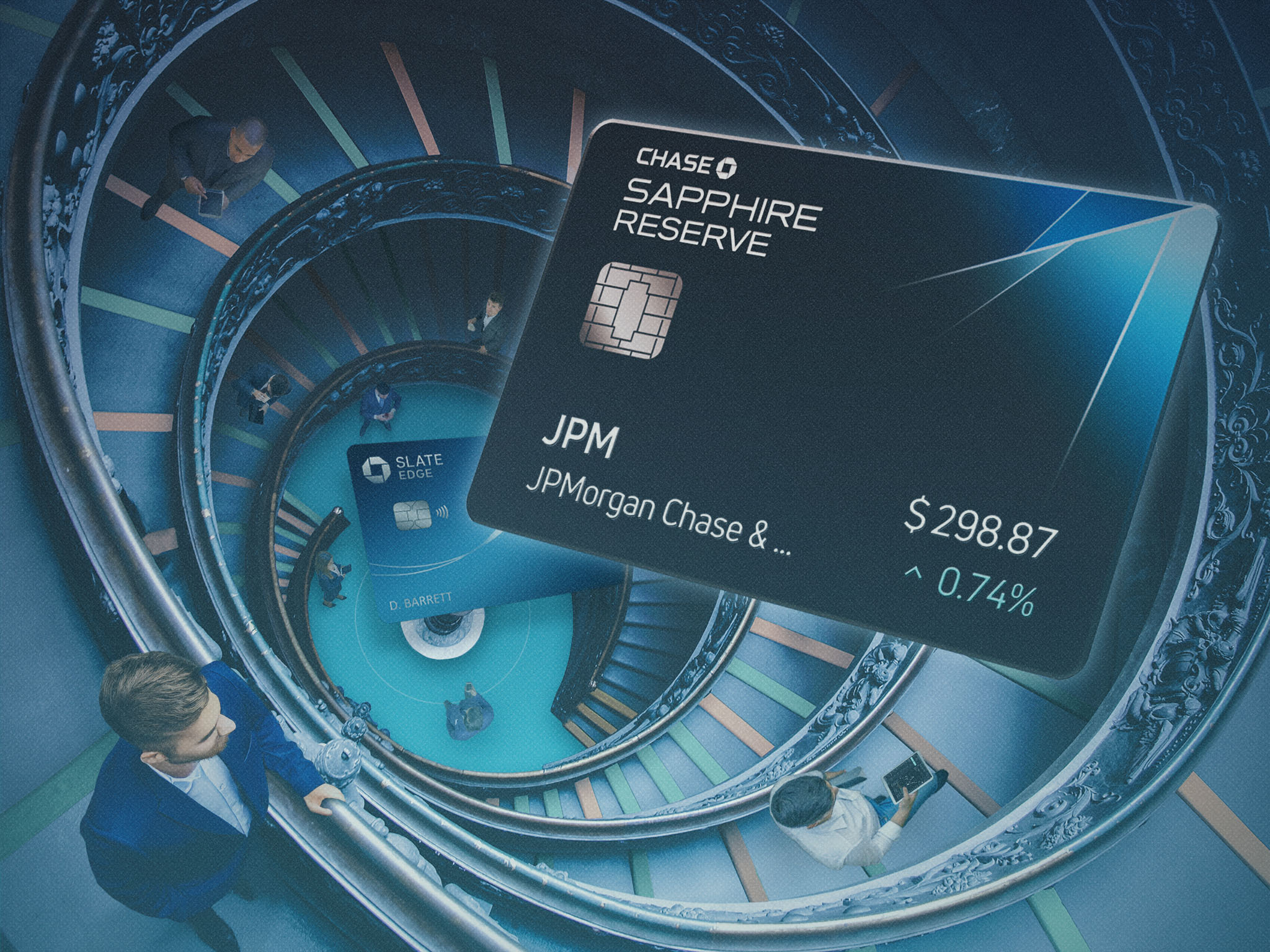The Chase Sapphire Reserve card appears to be a Veblen good – a product that sees higher demand when its price rises.
The idea was formulated by U.S. economist Thorstein Veblen in his 1899 book, “The Theory of the Leisure Class.” That’s where he initiated the famous phrase “conspicuous consumption.”
The idea is that people want the status of owning a product that’s expensive – they want to show off to their neighbors and themselves. Veblen describes it artfully in his book. “Conspicuous consumption of valuable goods is a mean of reputability to the gentleman of Leisure.”
The Veblen effect is part of behavioral economics, which has gained popularity in recent years. And he is considered a founder of institutional economics, which stresses the role of institutions in forming economic behavior. Those institutions include laws, social customs and cultural influences.
Like later behavioral economists, such as the legendary Daniel Kahneman, Veblen didn’t believe that humans are purely rational actors. Instead, he noted how habits, traditions, and power structures affect economic outcomes.
As you might guess, Veblen was no great fan of capitalism. In fact, he was a scathing critic. He pointed out how wasteful spending and class distinctions foster inequality in industrial capitalism. It doesn’t promote social welfare, he noted.
Under capitalism, “it is always sound business to take any obtainable net gain, at any cost and at any risk to the rest of the community,” Veblen wrote in his 1904 book “The Theory of Business Enterprise.”
As for the Sapphire card, issued by JPMorgan Chase (NYSE: JPM), last month it raised its annual fee for the first time in five years. The increase was a whopping 45%, to $795. Obviously, the target market here is the very wealthy and those who want to feel and/or appear very wealthy – the Veblen effect.
Carefree about fee increases
Most Americans appear to be worried about inflation. But those at the top of the wealth chain (Veblen’s leisure class) apparently aren’t.
Among premium credit card holders – those who pay at least $250 of annual fees — 90% told a Bank of America survey (cited by Bloomberg) they would accept a fee increase of $100 without any additional benefits.
And these people are doing plenty of spending. The richest 10% of U.S. households, which include those with annual income of $250,000 and up, account for 50% of consumer spending and almost one-third of gross domestic product, according to Moody’s Analytics, as cited by The Wall Street Journal.
As Veblen would understand, the wealthy want some status in return for all that spending, which is what products like the Sapphire card give them. That status comes from perks such as airline and hotel points, airport lounge passes, reservations at fancy restaurants and tickets to top entertainment events.
A cardholder likely gets satisfaction just knowing they’re part of a select club that owns the card, and cardholders may be eager to tell others about their “achievement” as well. That’s a classic Veblen effect.
The competitors
JPMorgan’s action represents its third and biggest boost of Sapphire’s annual fee since it began the card in 2016 with $450 fee. Competitors, of course, will notice JPMorgan’s move.
The main one is American Express (NYSE: AXP) and its Platinum card, which began the category in 1984. Amex is set to announce an update for the card this fall, and the annual fee may go from $695 to beyond Sapphire’s new $795 price point, according to analysts cited by The Journal.
Amex also has an invitation-only card, the Amex Centurion (Black card) that reportedly has an initiation fee of at least $10,000 and an annual fee of $5,000
Capitol One (NYSE: COF) entered the expensive card space with its Venture X card in 2021. It has a $395 fee, making it the bargain card. Wells Fargo (NYSE: WFC) is considering a card too.
Thorstein Veblen likely wouldn’t be surprised to see all this happening.




Comments